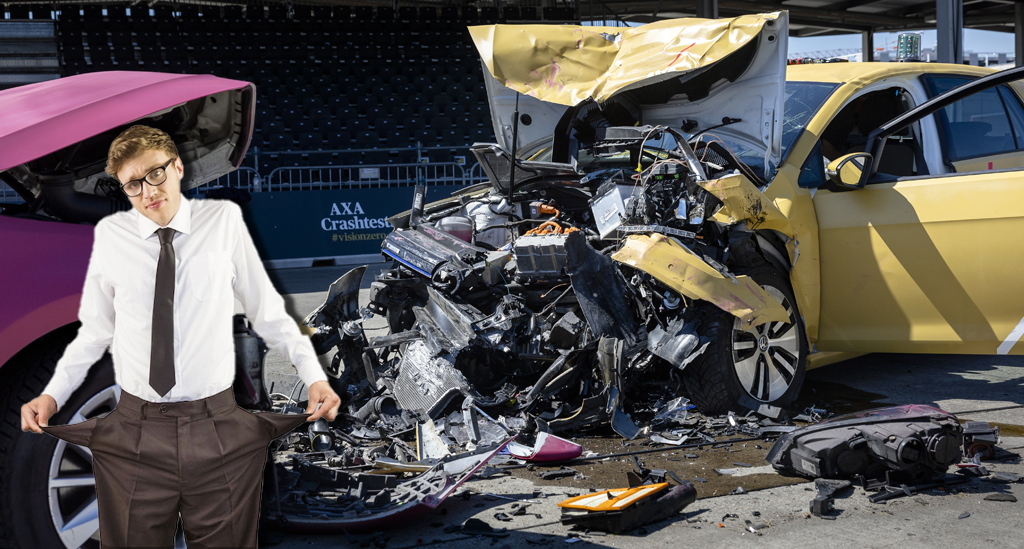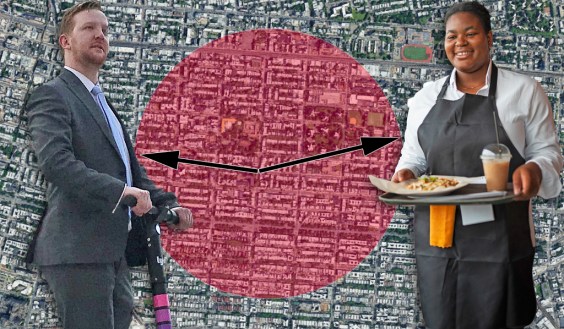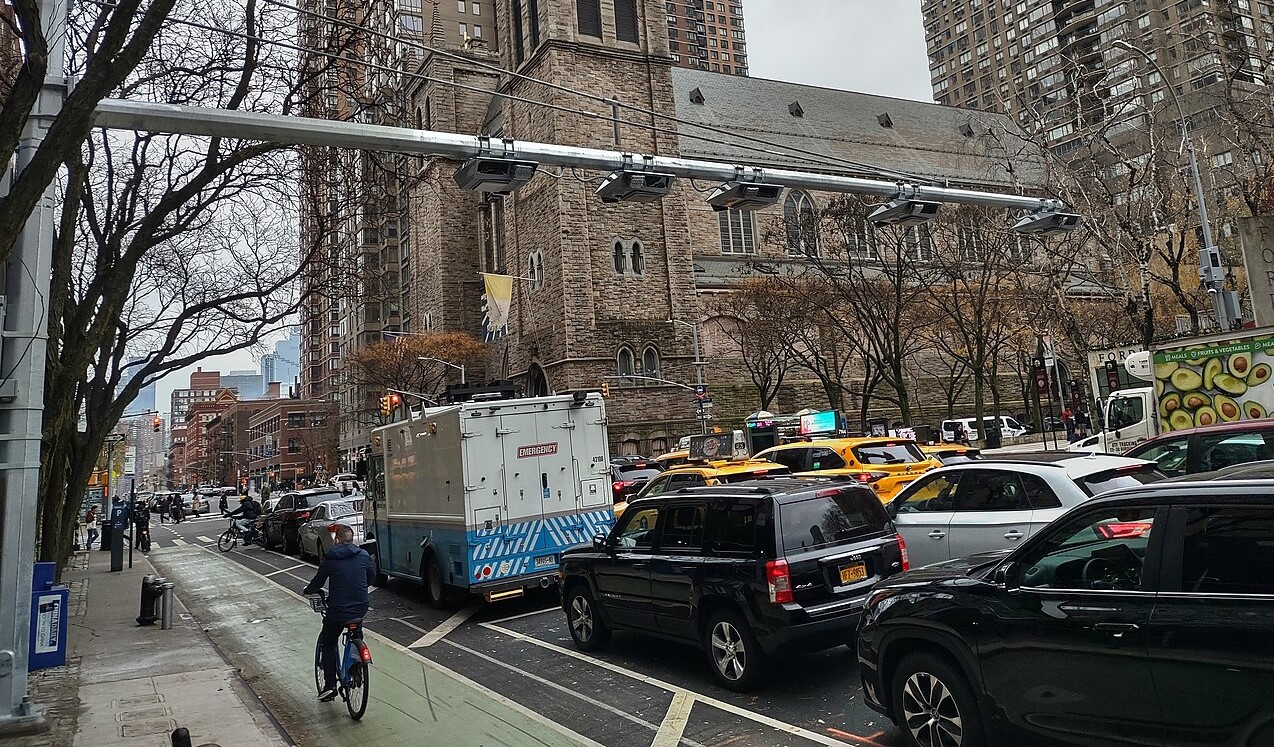 Photo: Mark Strozier
Photo: Mark StrozierAs California's big four metropolitan planning organizations (MPOs) try to determine how much they can influence growth and reduce greenhouse gas emissions, significant questions remain. The state's Senate Bill 375, typically referred to as the Anti-Sprawl Bill, requires planners and policymakers to develop meaningful solutions to curb sprawl, reduce driving, and promote growth in areas that will have the least impact on the environment.
As Amanda Eaken from the Natural Resources Defense Council writes on the Switchboard, the predictions are encouraging. By bringing Californians closer to their jobs and providing better transportation choices, by 2050 SB 375 could:
- Help Californians drive 3.7 trillion fewer miles
- Help Californians save $6,400 per year on transportation and other household costs
- Save the state $194 billion in infrastructure costs with smarter planning
- Save 140 billion gallons of gasoline
- Save more open space than the states of Rhode Island and Delaware combined
But the models won't mean much, she argues, if policymakers don't invest in projects that can bring about the needed change. Without shifting funds away from destructive development and transportation projects, you will only have plans sitting on shelves.
Eakan writes:
In every case there are certain ambitious policies and there are certain areas where we know the MPOs can do more. For example, in every case, we fail to see a shift of transportation funding to support the improved land use patterns every MPO is calling for. This is the thrust of SB 375 – to align regional investments to support a more sustainable land use pattern. The MPOs make assumptions – in certain cases very ambitious and laudable assumptions about the increase in walkable, transit oriented development, but then fail to shift their transportation investments to make sure we realize these better futures.
The challenge for advocates like the NRDC lies in pressuring MPOs to revise their long-term transportation plans to better reflect the targets set by SB 375. Adding capacity to freeways or permitting greenfield development now will only make the laudable targets more difficult to realize in the future.
Elsewhere on the Network, read the latest argument from sprawl apologist Wendell Cox that the demographic shift away from suburbia has been exaggerated. Richard Florida analyzes a new report on attracting the "creative class" to rural areas. And finally The Dirt has a good post describing some of the finalists in the Build a Better Burb design competition.





